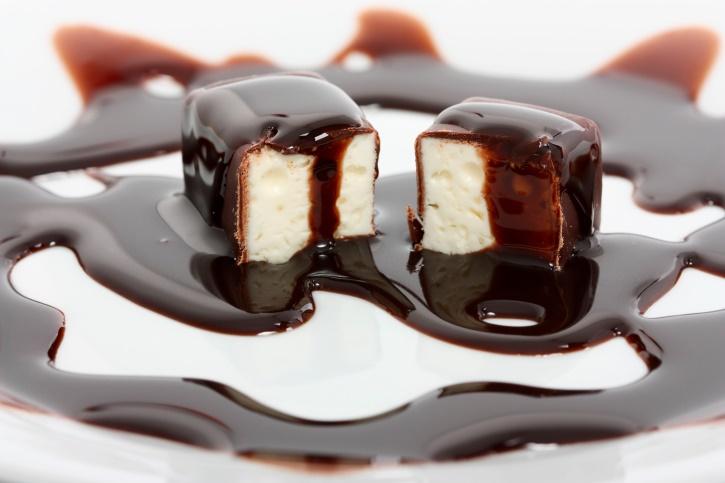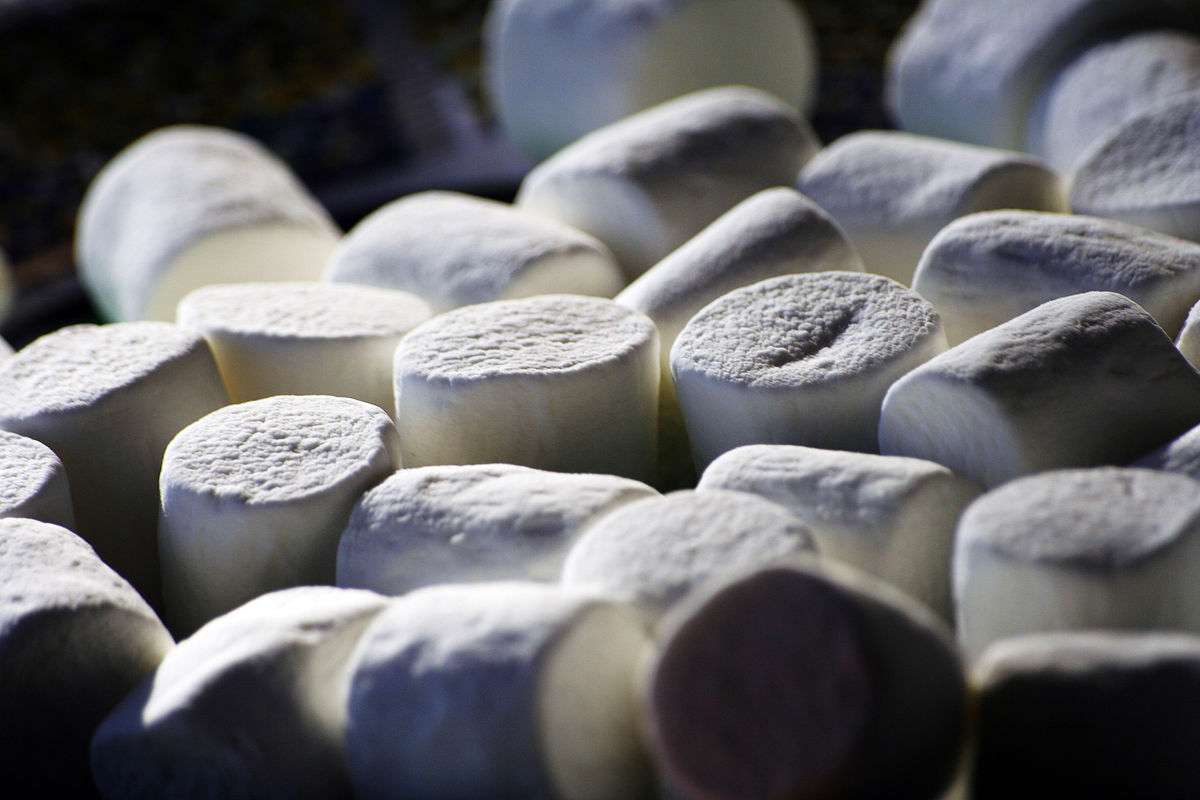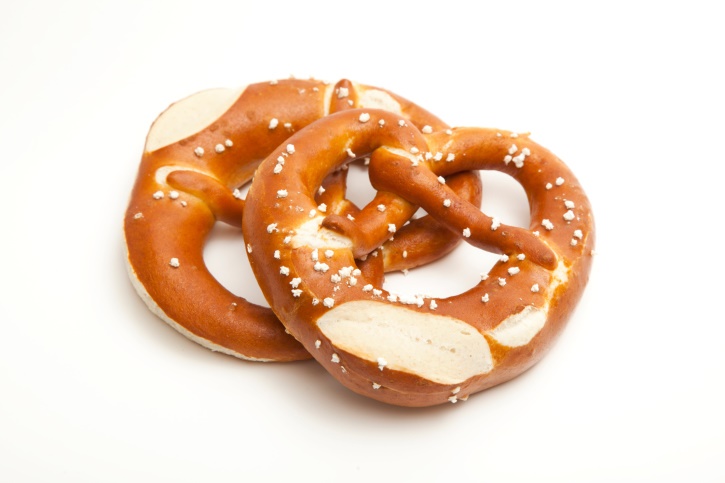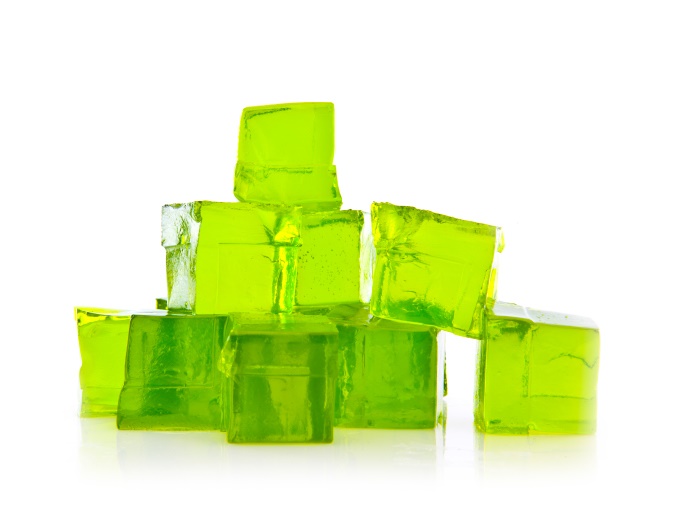
Dear person who decided to put marshmallow and chocolate together: We love you. (Credit: ThinkStock)
In a world of hyper-competitive food manufacturing, companies come up with novel snacking options all the time, combining corn syrup, trans fats and sodium in all kinds of creative/disturbing combinations (bacon mac n’ cheese potato chips, anyone?).
But when it comes down to it, some of the best snacks are those which have passed the test of time. Like, vast expanses of time, having spread from one locale to another as various populations learned to enjoy their snacking goodness. To pay homage to these long-lived treats, here we present five of the most beloved snacks of the centuries that still hit the spot today.
1. Popcorn

There’s debate on which snack food pre-empted them all, but since archeologists have dated popcorn back to 6,700 years ago, we’re putting this fibrous dish first on the list. Native Americans all along the Americas figured out the secret popped potential of corn kernels, and enjoyed it for millennia, probably by putting whole ears of corn on the fire or on top of coals to pop the kernels.
When European colonizers sailed to the New World, they learned about these white puffs of corn goodness from natives. So movie-goers can thank the original inhabitants of this land for the starchy snack—though (surprise!) it's since been Americanized with copious salt and butter. Golden, fatty, crunchy cinema perfection.
2. Marshmallows

Here’s a strange colliding of worlds: The ancient Egyptian elite used marshmallow goo (from “mallow plants” that we’ve since replaced with gelatin) to help soothe sore throats thousands of years ago. Weird that this Mesopotamian civilization enjoyed the same basic entity that makes Rocky Road ice cream delish . . . but true!
Delightful as the primitive mallow liquid probably was as medicine, 19th century French confectioners turned the sticky substance into the more solid candy treat we enjoy today, while manufacturing machinery in the 20th century allowed mass production of that most key ingredient in s’mores.
3. Chocolate

This brings us to that other central s’mores component: chocolate. Again, we owe a tip of the hat to Native Americans. Mayans and Aztecs in present-day Mexico made a (rather bitter) drink from cocoa beans, which tickled the fancy of conquering Spanish soldiers, who returned to Spain with cocoa beans in 1528. The chocolate drink, by then combined with sugar or honey, caught on in France and England, but the (apparently super finicky) chocolate substance had to go through a variety of innovative changes before it became wildly popular.
First, in 1828, a Dutch chemist dissected the components of chocolate and cut the lingering bitterness to develop “Dutch cocoa.” Then, in 1847, an English chocolate-maker created a system for molding chocolate into edible bars. Finally, a Swiss baker devised a way to mix chocolate with milk (which—it turns out—is pretty hard to do) to create the winning combination of textures and flavors that has since vanquished the world. We salute the dedication of these determined chocolate experimenters, for a world without chocolate is not one we care to live in.
4. Pretzels

Pretzels’ lengthy history began in Europe, perhaps invented by a 6th century Italian monk who used the soft baked goods—supposedly fashioned as arms folded in prayer—as a treat for weary catechism students. Once the crossed-bread trend spread to Germany, that nation dubbed the treats “brezels,” thus providing for the anglicized version of the name. And boy were brezels ever a hit in the German fatherland, leading us modern consumers to associate the treat with Germany rather than Italy.
As for the smaller, hard version? They originated in Pennsylvania in the late 17th century, supposedly when an apprentice baker slept through the baking cycle and overbaked his pretzels in what turned out to be a happy, crunchy accident.
5. Jell-O

Gelatin—which stands as one of the stranger meat products—has long been all the rage to hold together sweet offerings, beginning in the 1400s in the Middle East and spreading like wildfire. But it’s expense and trickiness to make resigned the congealed substance to a relatively rare delicacy.
That is, until a businessman patented powdered gelatin in 1845, making the wobbly food a cinch to whip up. Jell-O officially came to fruition in 1897, when a former cough-syrup manufacturer trademarked that particular powdered gelatin that has since jiggled its way into our national psyche. (For better and for worse.)
Some of these treats have come along way from their initial forms of yore, while others have remained pretty close to the original through the passage of time. Either way, all these snacking offerings have clear crowd appeal and staying power. So if you’re musing over stock investments (as all good millennial survivors of the recession are wont to do) I’d wager betting on the companies that bring us these fine concessions is a safe way to go.
Images: Thinkstock and Wikimedia Commons






